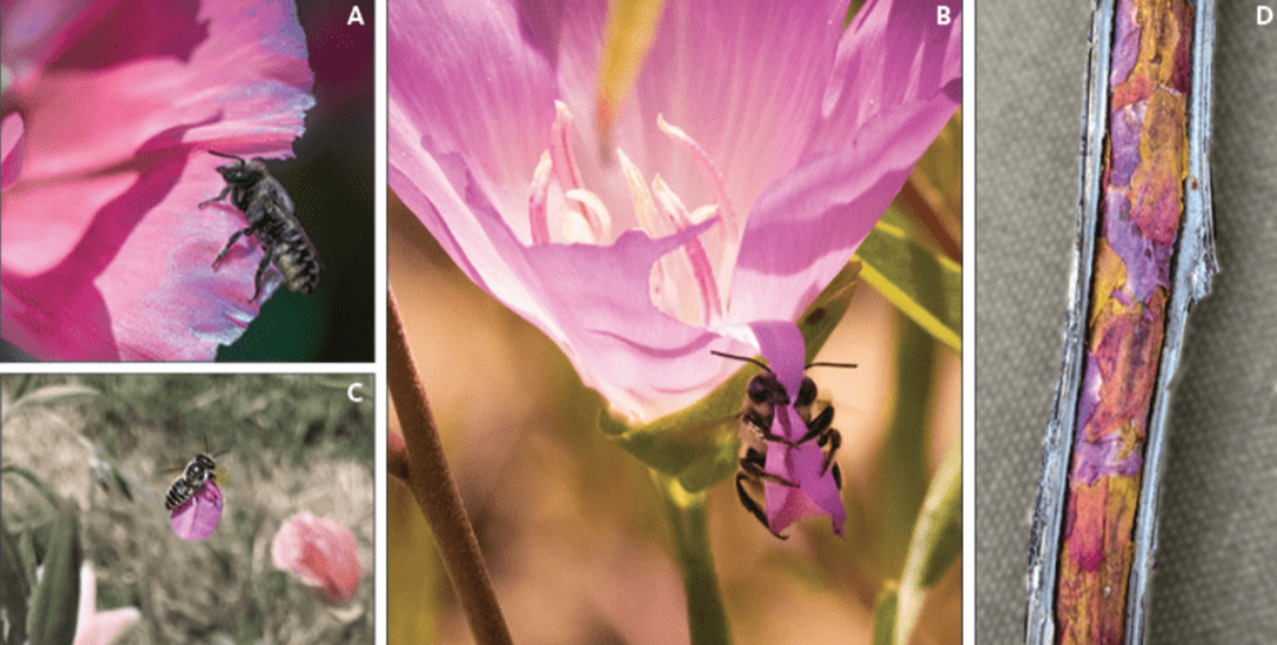
All bees have been pinned, labelled, and data-based. Now we’re (and when I say ‘we’re’, I’m mostly referring to Lucas and Isabella) are going through the painstaking process of photographing all specimens: head on, from the top, and from each side. We’ll then start sorting them by morphotype (how they look), and working to identify them. Some of the bees are very common, and fairly easy to identify (like Anthidum manicatum, Bombus vosnesenskii, Apis meliifera). Others will take a bit more time and expertise to get to species.
You can take a look at the entire album, representing about 150 of the nearly 700 collected bees. We’ll be adding the rest of the bees, as we can.
We collect and pin the bees, because most are difficult to identify, without getting them under a microscope, and without the help of a museum-level bee specialist. For those bees that are easy to identify by site (such as the ones listed above), we only collect one per garden (so that we have a record of its presence). We don’t collect multiple specimens of the same species, if we can identify it in the field. And, we don’t collect obvious queens (larger, reproductive bees).
We collect using a combination of water pan traps and hand collection. For hand collection, we use a pooter (an insect aspirator) for the smaller bees and baby food jars for the larger bees.


This is such an exciting part of the research for me. I find myself obsessing over the photos, trying to organize them in my mind, and to at least get them to genus. Grouping them by genus makes it easier for an expert to sort through and identify them. And, I’m so grateful for their assistance, that I want to make it as easy as possible for them!
We’ve collected bees from gardens near Forest Park, in Portland’s city center, and in outlying suburbs. We’ll analyze the data to see if there are any patterns associated with garden location (forest, city, suburbs), or to see if there are specific bees that are only found in forest gardens, for example.




